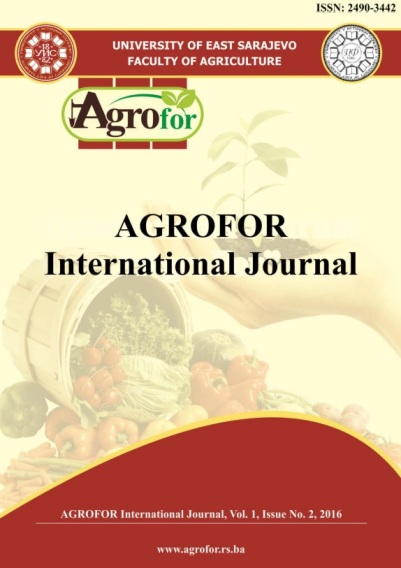GLOBAL FOOD MARKET – NEW FACTORS INFLUENCING DEVELOPMENT
DOI:
https://doi.org/10.7251/AGRENG1602013DAbstract
During the long period before 2002 the global index of real food prices showed
downward tendency. This resulted from the dynamic economic growth,
technological progress and supporting of agriculture in many OECD countries. The
supply factors mainly determined global food price levels. Meeting food needs in
developing countries was highly dependent onimports. This increased the role of
food exporting countries which drove towards liberalization of international trade.
In the years of sharp price increase followed by financial crisis, the new market
forces appeared such as: support granted to biofuels in US and EU, competition for
land of food and non-food agricultural products, links between food and fuel
markets, increase in demand for food in emerging economies. In effect demand
factors determining food market development prevailed over the supply ones.
However, the duality existing in the global economic system has been also
spreading to the global food sector. The developing countries could hardly benefit
from high prices on international agricultural markets because they had no
potential to start additional production in a short time. Price transmission from the
global food market to local agricultural sectors was insufficient as well. This has
brought about the loss of reliabilities of free market as a source of food for states
with scaresnational food supply. The policy response of many developing countries
has resulted in tendencies to increase self-sufficiency in food production.

